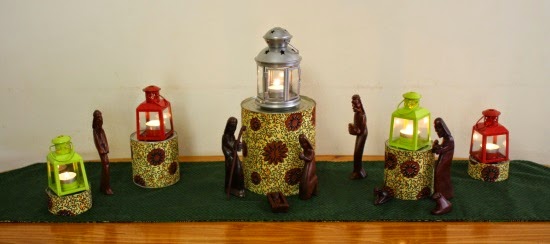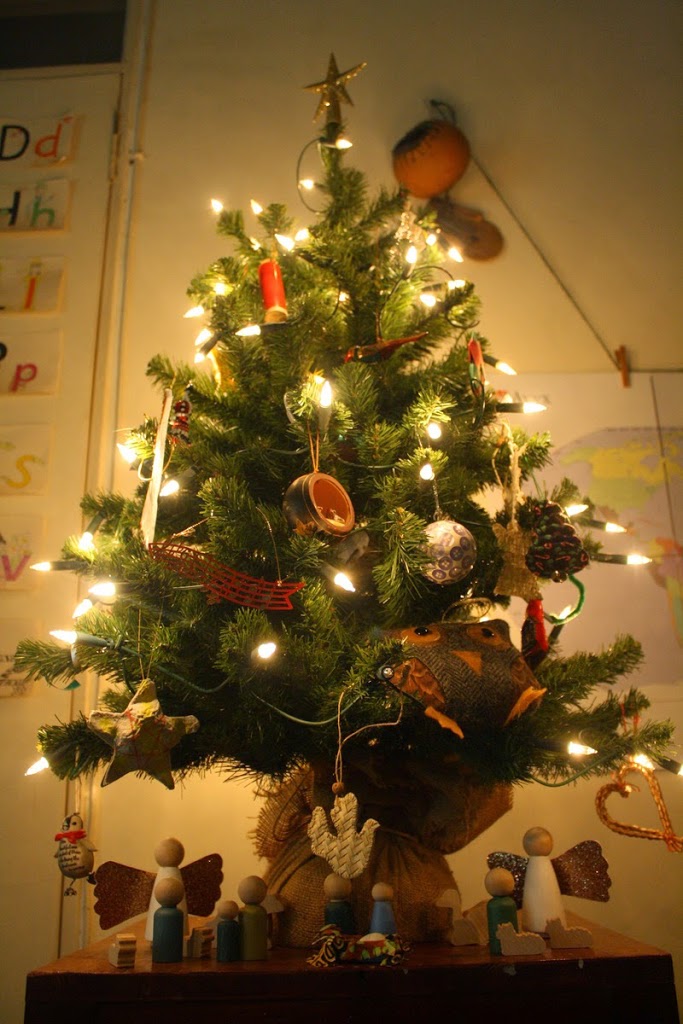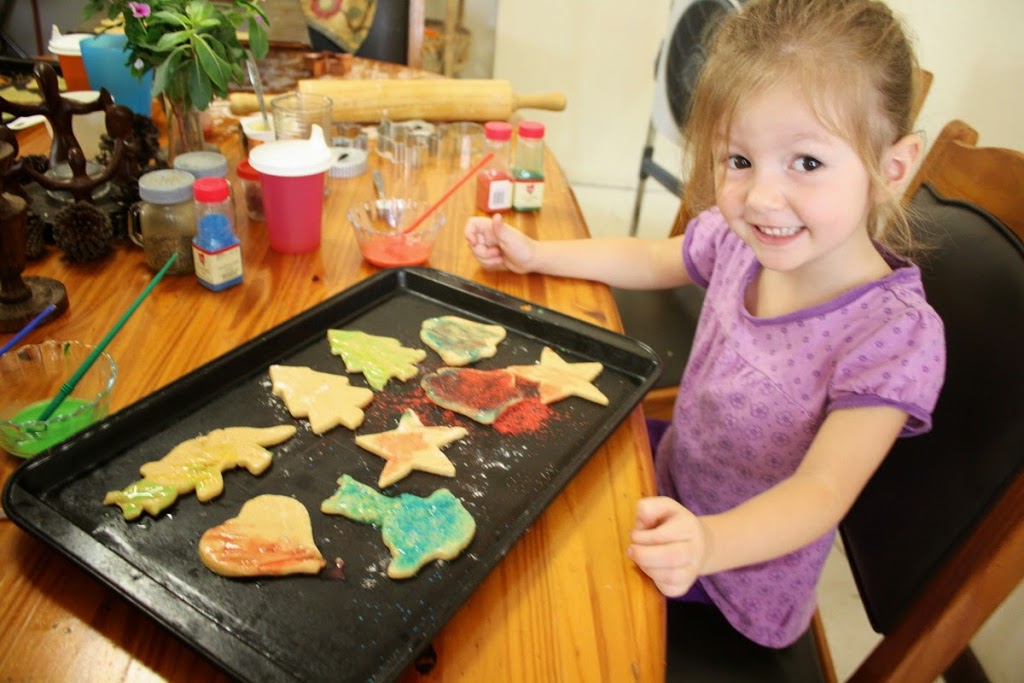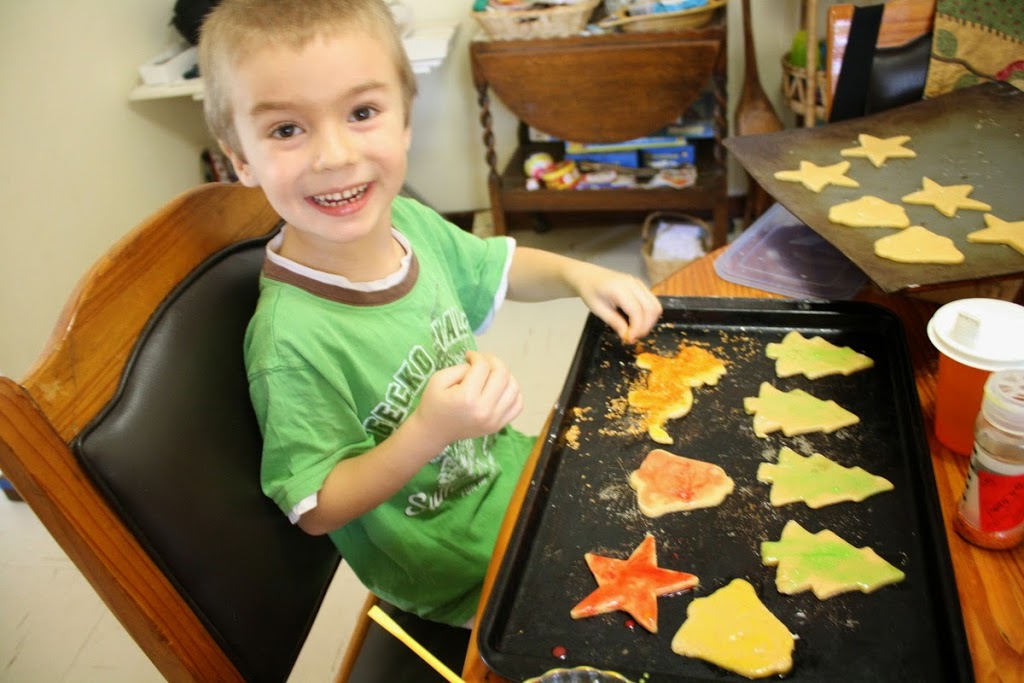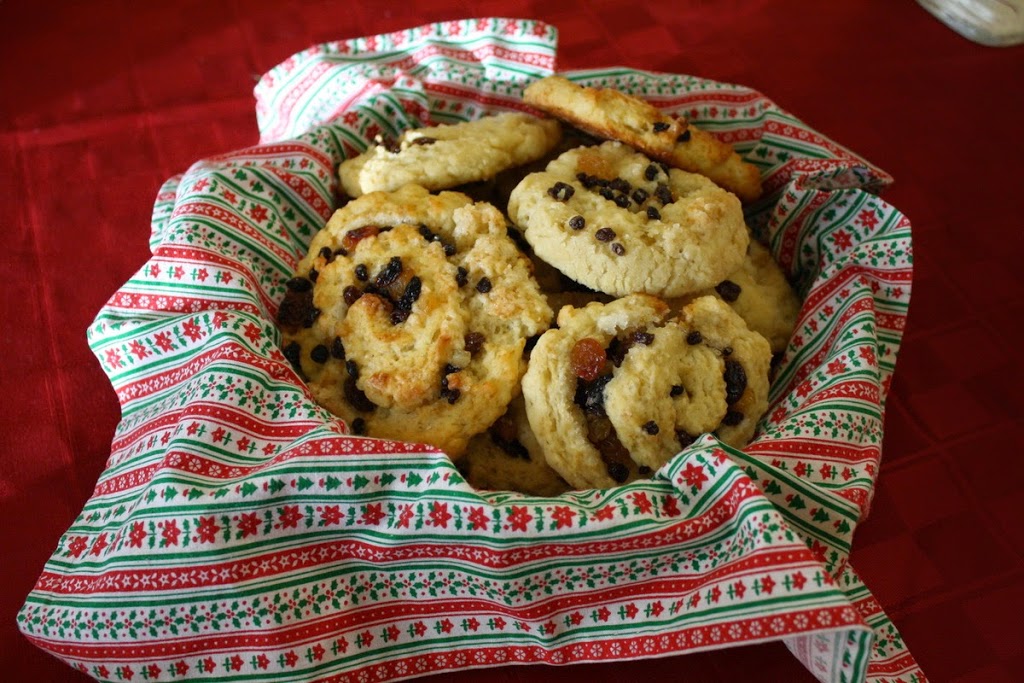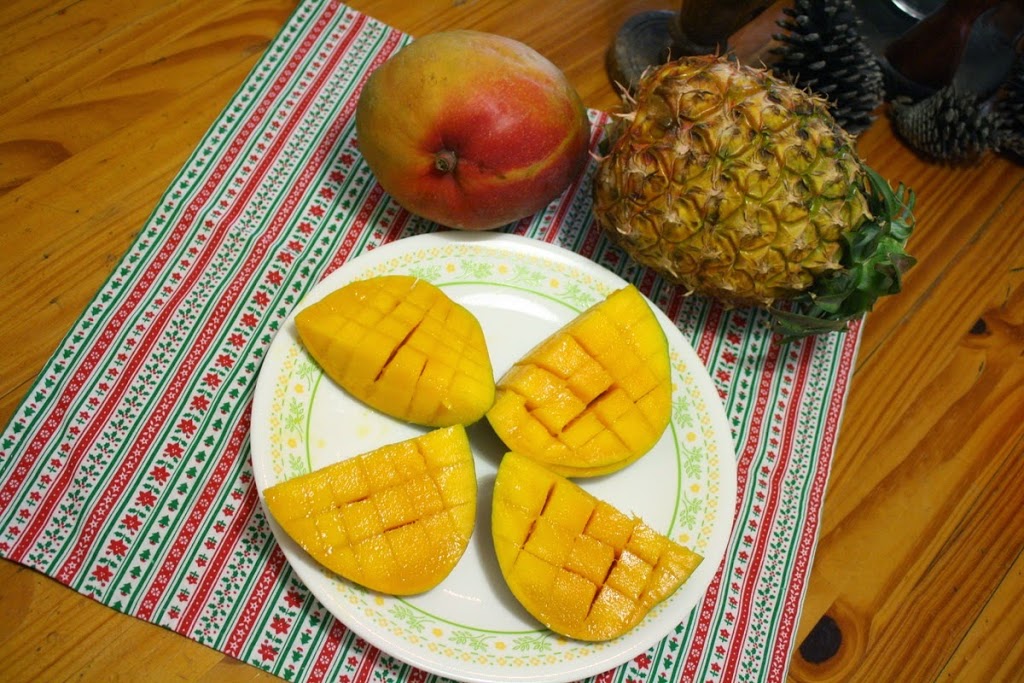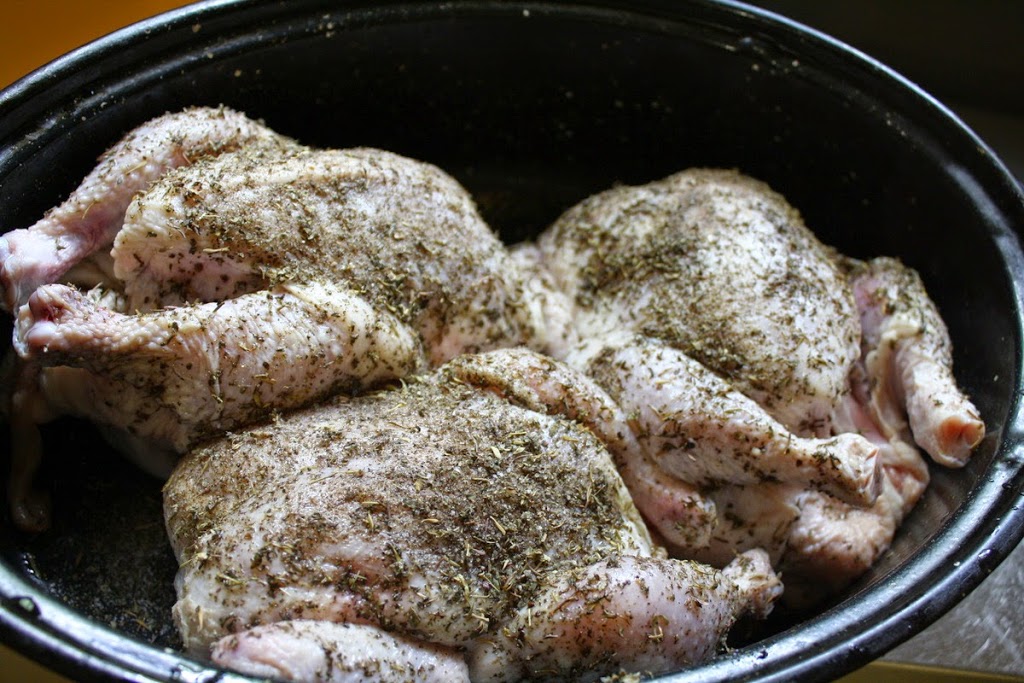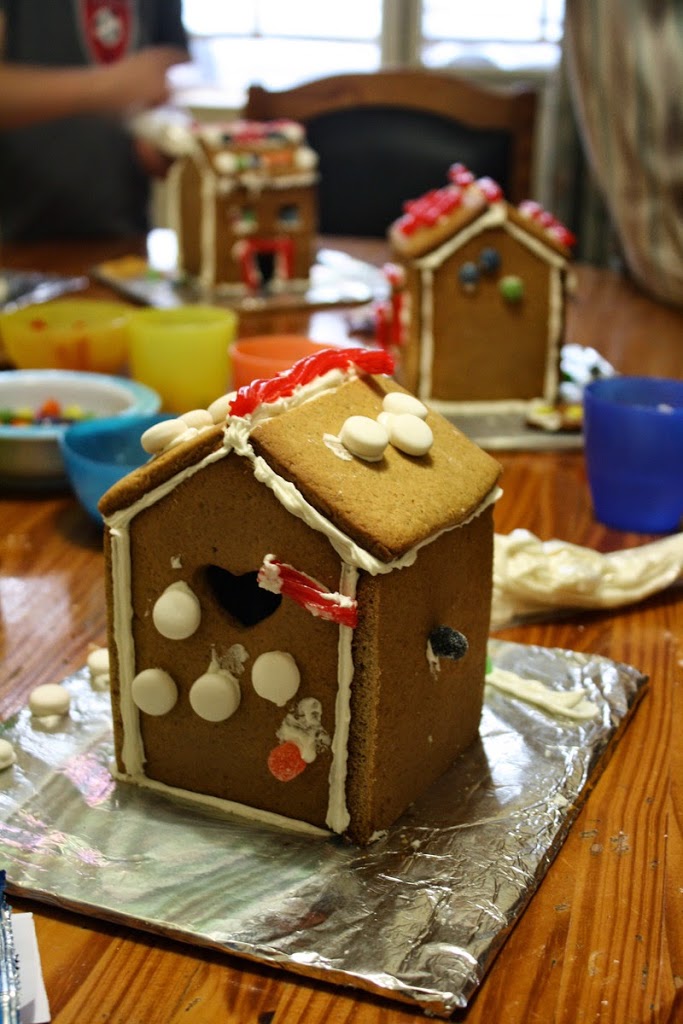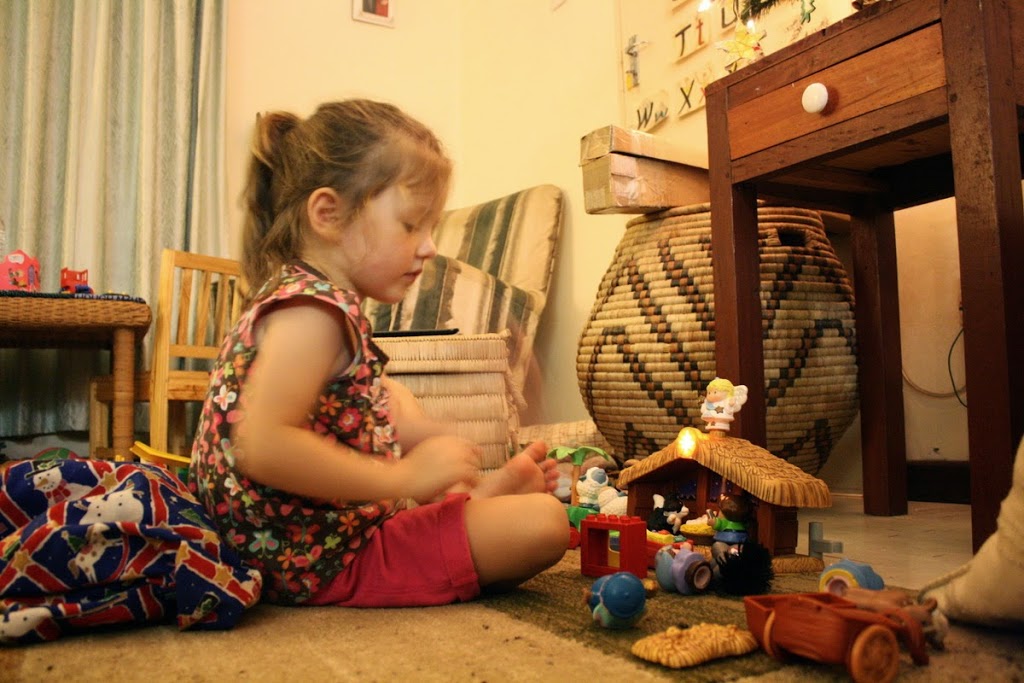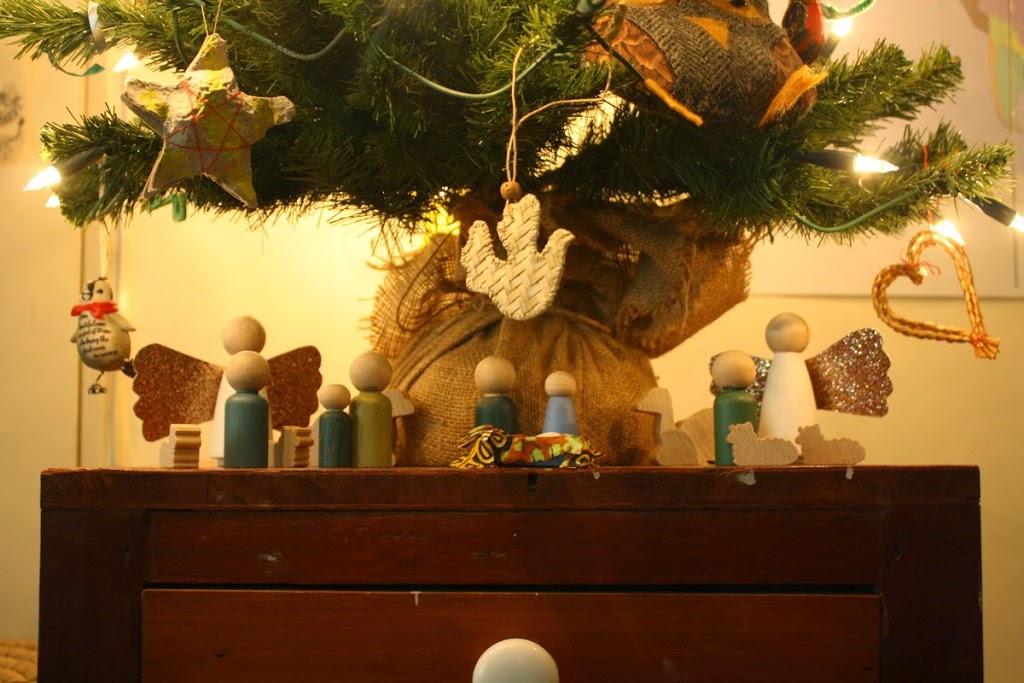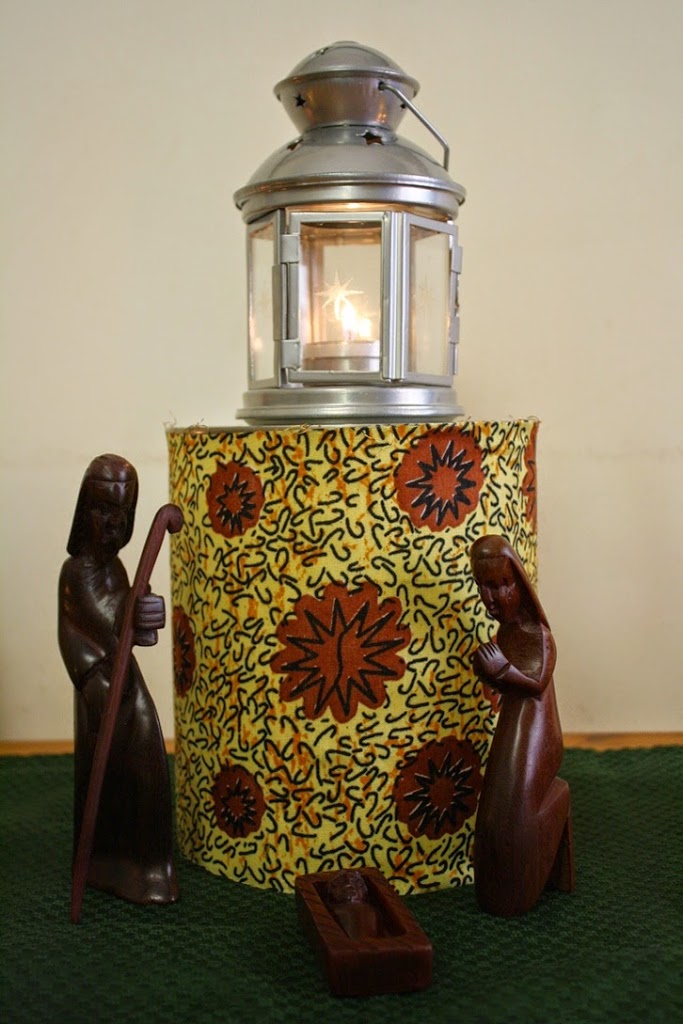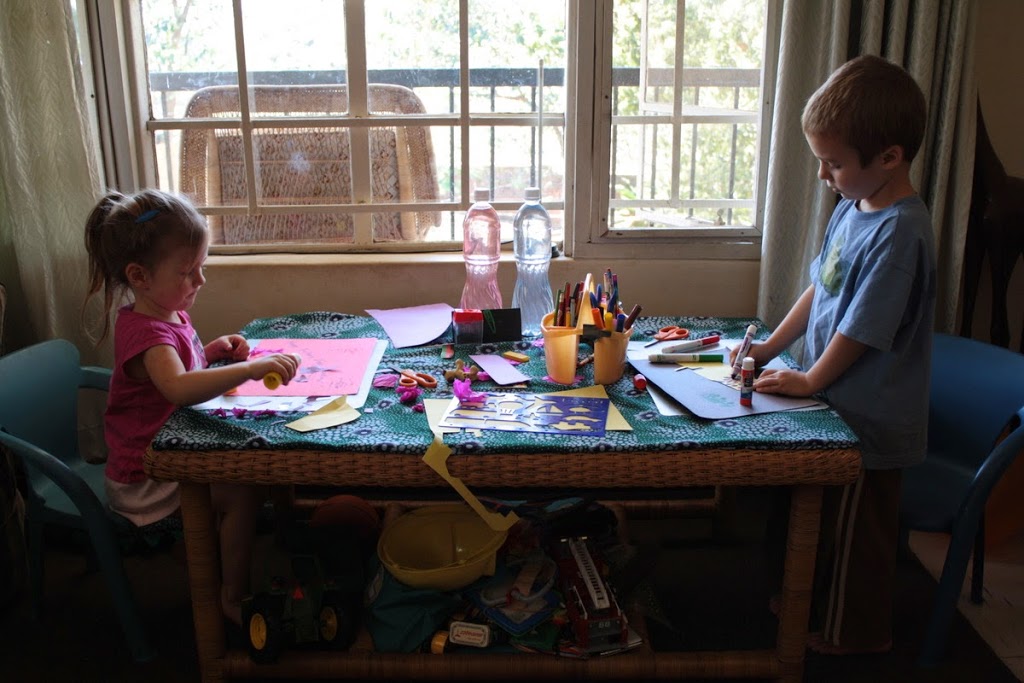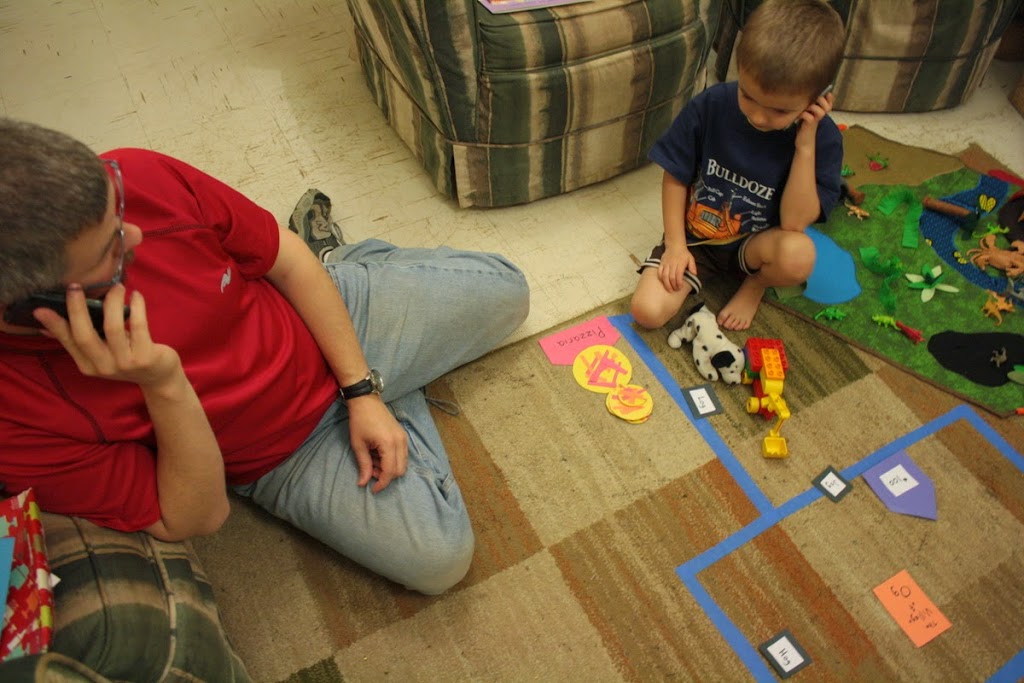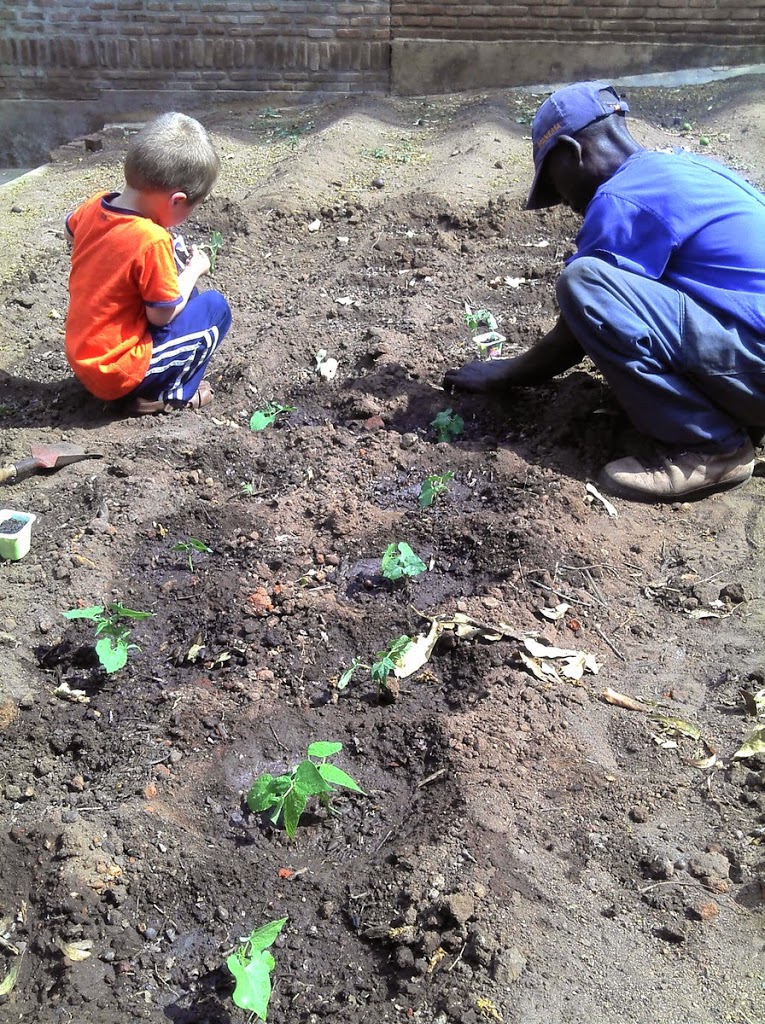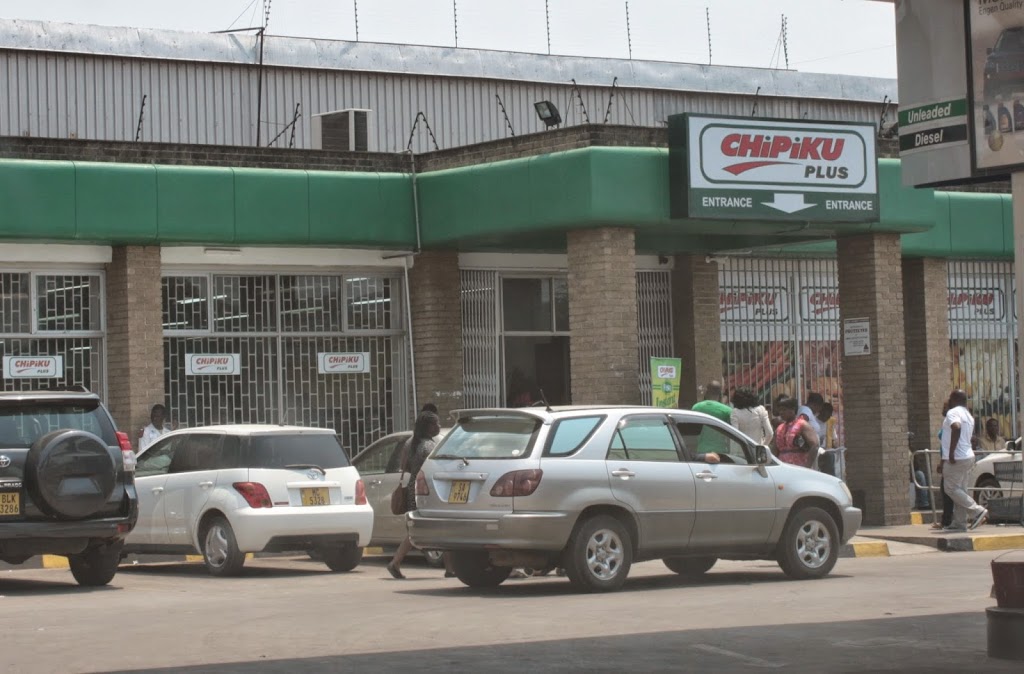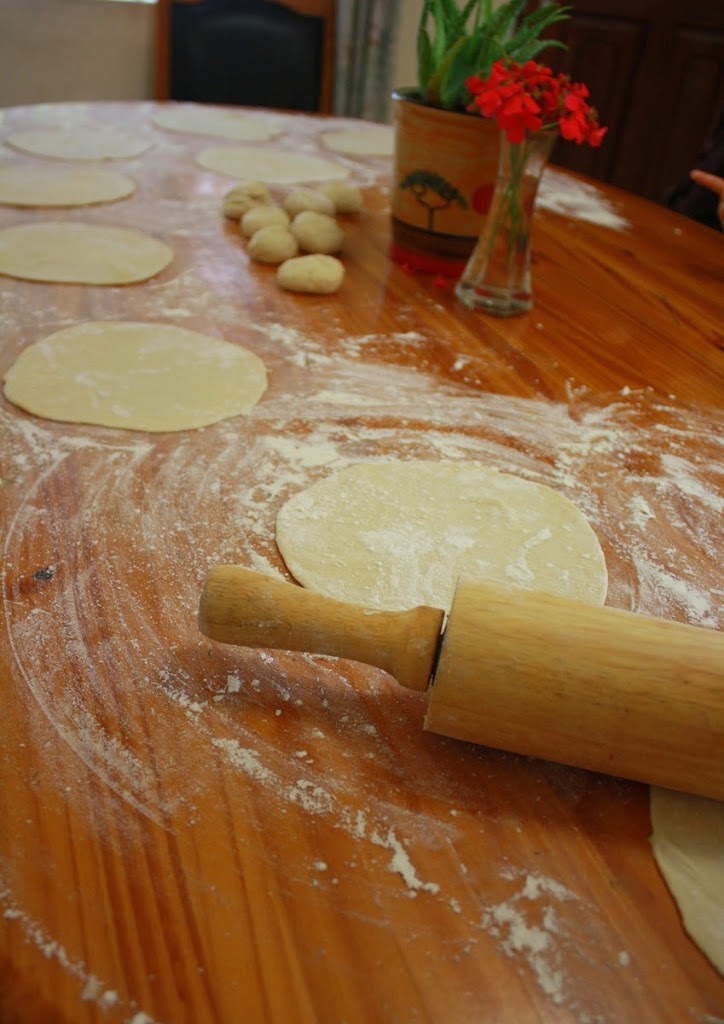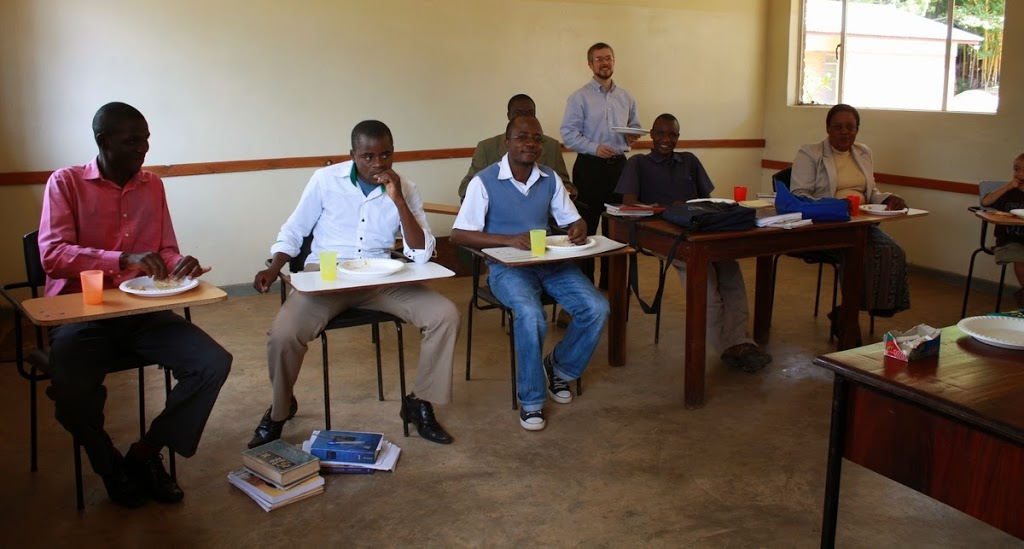Little did I know that it truly was a tropical storm passing over!
 |
| The 8x4x2 foot drain at the bottom of our property filled nearly to the top during the storm. Water drains from other properties uphill to collect and drain here. |
 |
| Carrying containers, in search of water |
One can go a good while without electricity (people did for thousands of years, right?!), but no water is devastating. While driving to town, I saw people lined up outside the house at the end of our road and several other houses further on. All had empty buckets, awaiting the possibility of water. Later I learned that the gate where they waited had a borehole (deep well) – the only local way to access water throughout the shortage. Although we had been through other water shortages before, this one was wide-spread throughout the city, obviously altering the lives of everyone we knew, rich or poor.
 |
| Catching water from our roof at any time of day or night (almost), you catch it when it comes! |
Water has since begun reaching many parts of the city again, slowly and unreliably, but there is hope. Our water is touch and go (now around 4 weeks after the storm), but with collected rain, we are doing okay. Clean drinking water is the main concern as contamination is a serious threat for many after the floods, particularly in rural flooded areas. Everyone has been encouraged to treat the water (from the tap or borehole) to condition it for drinking. Personally, we filter all our drinking and cooking water. The spread of diseases such as cholera and typhoid are likely in situations where many people are living in camps without a clean water supply. It is also the peak of malaria season in Malawi.
Malawi Floods: The Long Slog Home
A Malawian Climate Change Specialist’ Perspective



